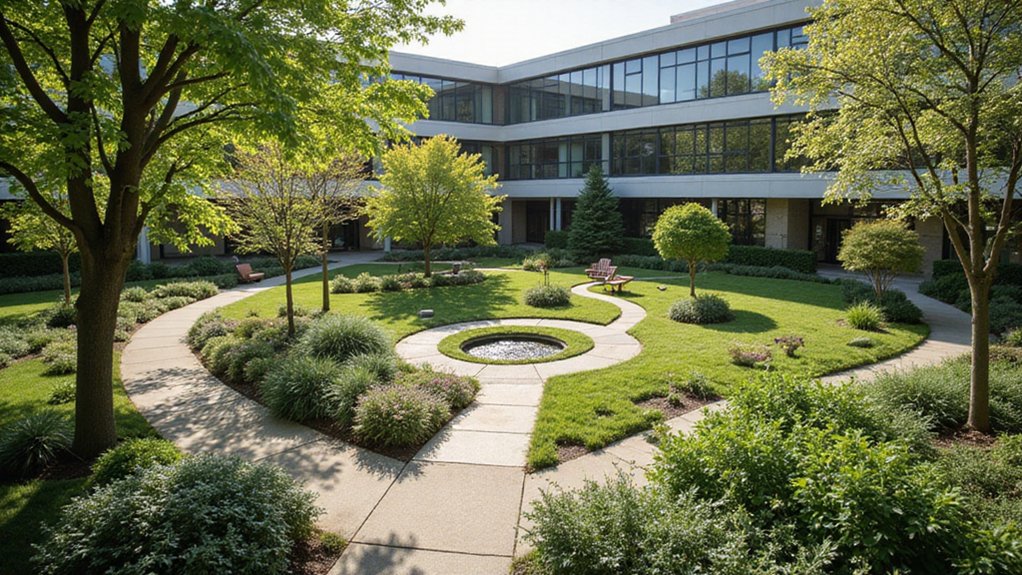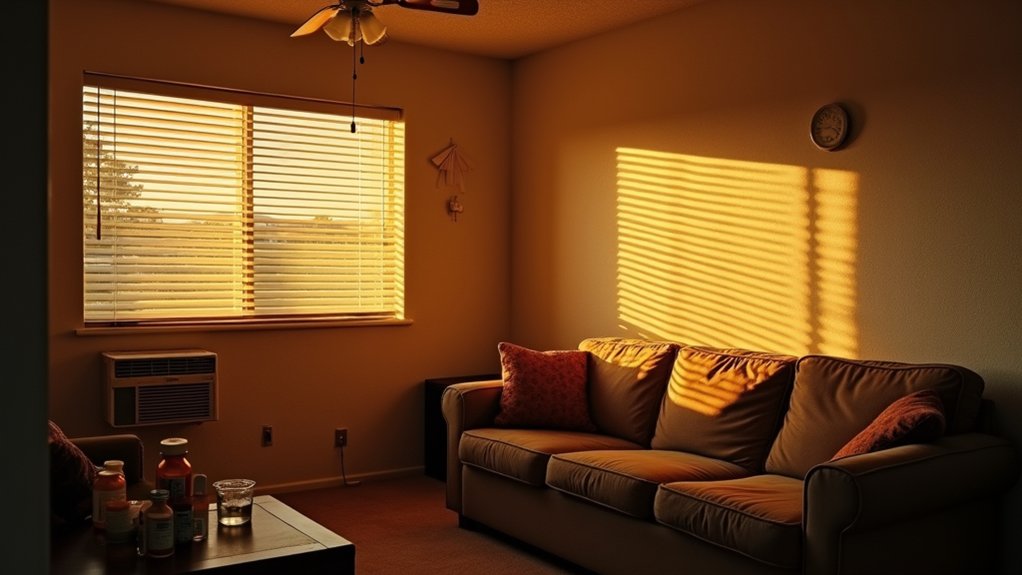Hospitals across the country are discovering a surprising way to improve patient outcomes: green spaces. Studies show that access to gardens and natural areas reduces stress, speeds recovery, and lowers blood pressure in patients. Healthcare workers also benefit, with improved job satisfaction and decreased turnover rates. The financial impact is significant – facilities with well-designed outdoor areas see substantial cost savings over time. What’s behind this natural approach to healthcare, and why are more hospitals making this investment?
While hospitals have traditionally focused on medical technology and clinical spaces, a growing body of research shows that incorporating green spaces into healthcare facilities offers significant benefits. Studies reveal that gardens, parks, and natural areas on hospital grounds help reduce stress and improve mental health for both patients and medical staff. People surrounded by greenery show lower levels of anxiety and depression.
The impact on physical health is equally impressive. Hospital green spaces help lower blood pressure and support heart health. Patients recover faster after surgery when they can see or visit outdoor areas. Hospital users with access to green spaces also get more exercise, using walking paths and outdoor fitness areas.
For healthcare workers, these natural environments provide an essential escape from job stress. Nurses and doctors with access to green spaces report less burnout and greater job satisfaction. This leads to lower staff turnover rates, which saves hospitals money on hiring and training. A groundbreaking paper by health economist Sean Murphy developed the first-ever calculator to measure these financial benefits of hospital green spaces.
The financial benefits extend beyond staffing costs. Hospitals investing in green spaces see reduced overall healthcare expenses. Patients need less medication, particularly for pain management, and have shorter hospital stays. They’re also less likely to return to the hospital after discharge. Research tools now help calculate the return on investment for creating these natural areas.
Quality matters when designing hospital green spaces. The most effective designs include trees rather than just grass. They offer both quiet areas for reflection and accessible paths for movement. Size and connectivity of green areas also influence how much benefit they provide.
As healthcare costs continue to rise, hospital green spaces represent a smart investment. They improve patient outcomes, boost staff wellness, and reduce expenses. For hospital administrators looking to enhance care while managing budgets, green spaces offer a practical solution that benefits everyone in the healthcare environment. A recent study found individuals living in areas with the highest green cover saved $374 per year in healthcare costs compared to those with minimal green space access.
References
- https://pmc.ncbi.nlm.nih.gov/articles/PMC10556109/
- https://cbtrust.org/just-how-much-is-a-hospital-green-space-worth/
- https://pmc.ncbi.nlm.nih.gov/articles/PMC8582763/
- https://wildlandsandwoodlands.org/news-and-stories/green-space-and-health-care-costs/
- https://www.tpl.org/parks-promote-health-report









